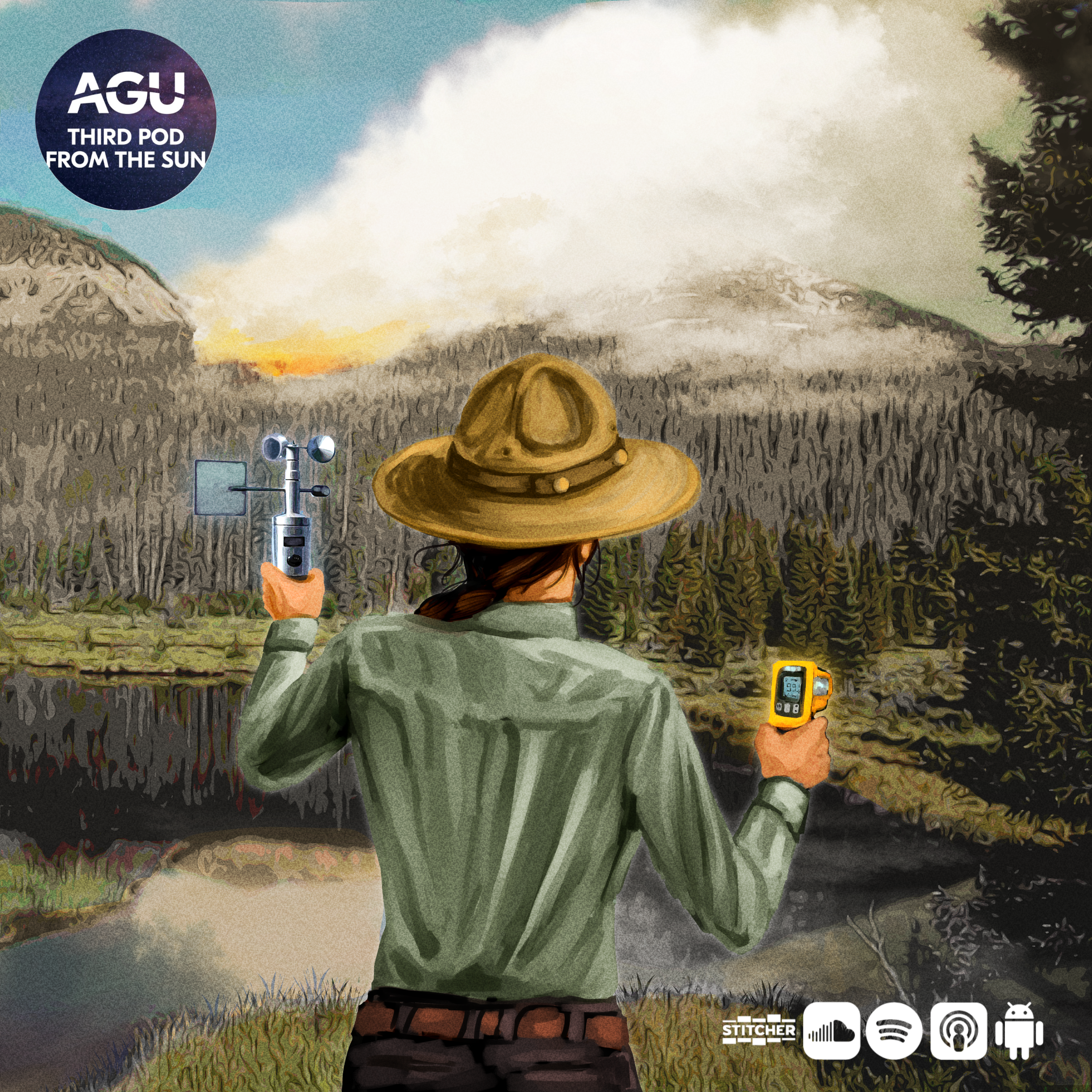Solving for climate: Understanding the “wild” in wildfire
 Wildfires seem to be happening more often, and in 2020, Colorado experienced the worst fire season in its recorded history. Extreme fire events are often assumed to be caused by climate change, but it is not immediately clear this is the case. Heat, humidity, precipitation and wind speed all play a role in fire risk, and the exact way that these factors combine changes from day to day. Forest management practices and increased human activity in high-risk areas can also increase fire risk, and this makes it more challenging to pinpoint the reason why more fires are occurring. Colorado State University professor Dan Cooley has used multivariate statistical analysis of Fire Weather Index data to demonstrate that climate conditions in northern Colorado have changed in ways that make fires more likely to occur there – even if it is often impossible to attribute individual fires to this climactic shift.
Wildfires seem to be happening more often, and in 2020, Colorado experienced the worst fire season in its recorded history. Extreme fire events are often assumed to be caused by climate change, but it is not immediately clear this is the case. Heat, humidity, precipitation and wind speed all play a role in fire risk, and the exact way that these factors combine changes from day to day. Forest management practices and increased human activity in high-risk areas can also increase fire risk, and this makes it more challenging to pinpoint the reason why more fires are occurring. Colorado State University professor Dan Cooley has used multivariate statistical analysis of Fire Weather Index data to demonstrate that climate conditions in northern Colorado have changed in ways that make fires more likely to occur there – even if it is often impossible to attribute individual fires to this climactic shift.
This episode was produced by Ty and mixed by Collin Warren. Artwork by Jace Steiner.
